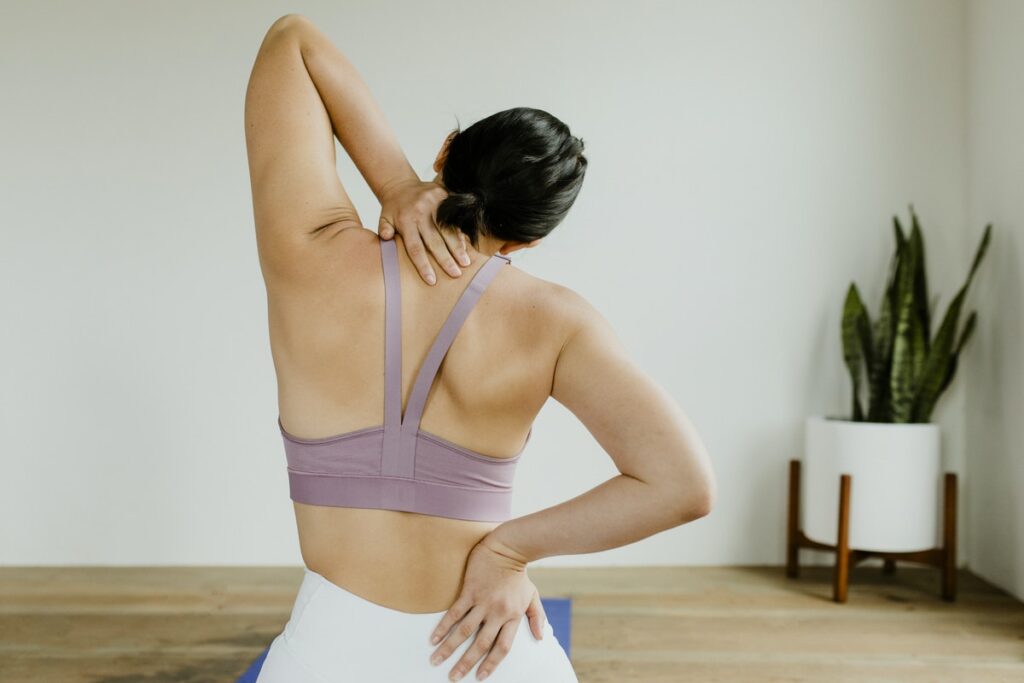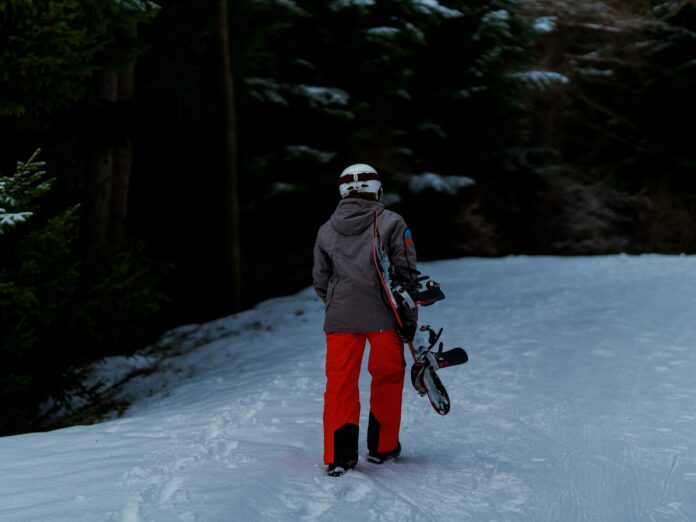
Ideal for working out to your full potential without risking injury.
You’ve heard the expression “no pain, no gain.” And whilst there’s certainly some truth in the motivational maxim, it’s also a risky idea when taken too literally.
In the arena of the gym, it’s often used to refer to the fact that you have to endure a bit of physical discomfort to improve your physique, both while exercising and afterwards. At the same time, you’ve also heard athletes talk about “battling pain” in their pursuit of performance. This type of pain usually relates to functional injuries of the body; stuff they can’t ignore. You shouldn’t either.
Whilst we wouldn’t want to throw too many quotes at you this early in the article, here’s another; Muhammed Ali once said ‘’I don’t count my sit-ups. I start counting when it hurts, and I feel pain because those are what really count and makes you a champion.“
Was he right? Let’s find out; here we explain good versus bad pain, IDEAL for working out to your full potential without risking injury.
GOOD PAIN EXPLAINED
Good pain seems like a contradiction in terms. But people generally use the expression to talk about the kind of discomfort that will help you come back stronger, both mentally and physically.
There are several different types of good pain that you can experience when you start straining.
- Lactic acid buildup. Physiologists think that muscles become engorged in lactic acid when trained hard, and this leads to discomfort. Byproducts of metabolism build up in the cells, creating that characteristic burning sensation you get in your thighs during spin class. Lactic acid pain is perfectly healthy, and just your body’s way of telling you that you’re pushing yourself hard.
- DOMS. DOMS stands for delayed-onset muscle soreness, and it’s that low-level ache you get the next day in your muscles following a workout. The cause of the pain is tiny tears and breaks in the muscle fibres that lead to inflammation. Again, the healing process is a good thing because it tells your body to come back stronger, leading to growth. That said, those DOMS certainly stick around; you can feel sore for a few days, especially after squats!
- Aerobic stress. If you’re on the treadmill or exercise bike, you’ll also experience the discomfort of aerobic stress – something that usually manifests itself as general pain or tightness in the chest. Please note that this pain shouldn’t feel sharp or make it hard for you to bend over. Instead, it should just feel like you’re working hard and getting out of breath.
Good pain is a sign that you’re pushing yourself and making progress on the fitness front.
BAD PAIN EXPLAINED
Bad pain, however, is an entirely different beast and something you shouldn’t ignore. For instance, if you have pain and swelling simultaneously, it suggests that your body is trying to tell you that something is wrong.
As the seasoned professionals at Science of Rehab state, the key to managing pain is understanding it. How does bad pain make you feel? What triggers the pain? Which activities or movements bring on a flare-up? Answering these questions can help you create a better plan for your well-being, based on how your body responds to physical activity.
Similarly, if you go for a run and get stabbing pains in your chest, you should immediately seek medical attention to rule out severe conditions, like heart disease.
If the problem is related to chronic pain, such as fibromyalgia or arthritis, light exercise is actively encouraged; the worst thing you can do is lay in bed all day with such conditions. That said, you shouldn’t ignore the pain; the NHS recommend choosing ‘an exercise that won’t put too much strain on yourself’, such as walking, swimming or yoga.
SUPPLEMENTS FOR SUPPORT
In terms of supplements that can help with pain relief and encourage recovery, many athletes swear by Glutamine, a naturally occurring amino acid that can be boosted via diet or supplementary tablets and powders. You’ll find glutamine in foods which are protein rich (the usual suspects: beef, fish, eggs, dairy and chicken) as well as dark green vegetables and fermented products, such as kefir, miso and kimchi. Omega 3 oil, available in capsules on the high street, is also well known for its anti-inflammatory properties.
L-carnitine and L-arginine are further amino acids which are adept at stimulating growth hormones and helping in muscle recovery. The general idea is to reduce the amount of pain people experience after bouts of exercise, encouraging them to keep their training regimes up; certainly worth a shot as part of your supplementary regime, don’t you think?
THE BOTTOM LINE
Though a level of pain and suffering is often considered the holy grail in the quest for gains, if something doesn’t feel good, it probably isn’t. Real, proper, troubling pain is your body trying to tell you that something isn’t right, and shouldn’t be ignored. If you do, you risk injury. Go too hard, and you’re going home in an ambulance.
On the flip side, that feeling of lactic acid doing its thing, and a subtle ache the day after a workout, simply means your body is recovering and getting stronger. It takes experience to be able to tell the difference but you’ll get there. Good luck with your next work out!





